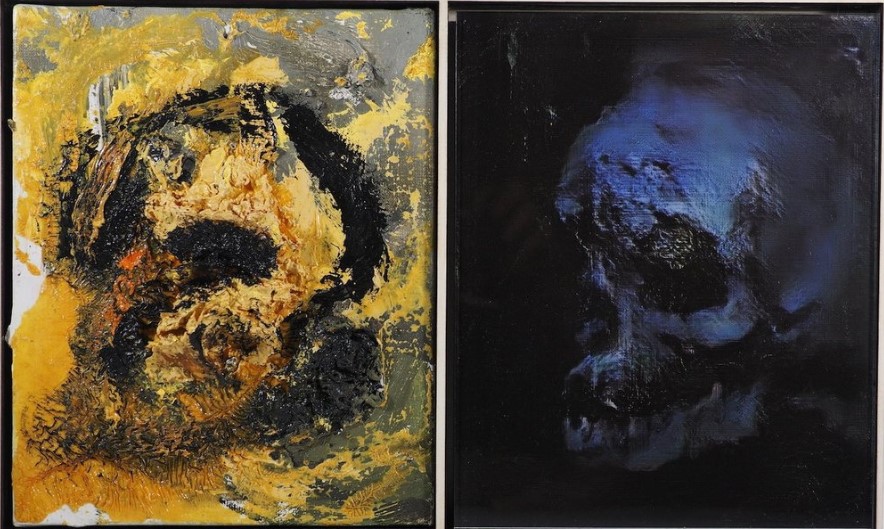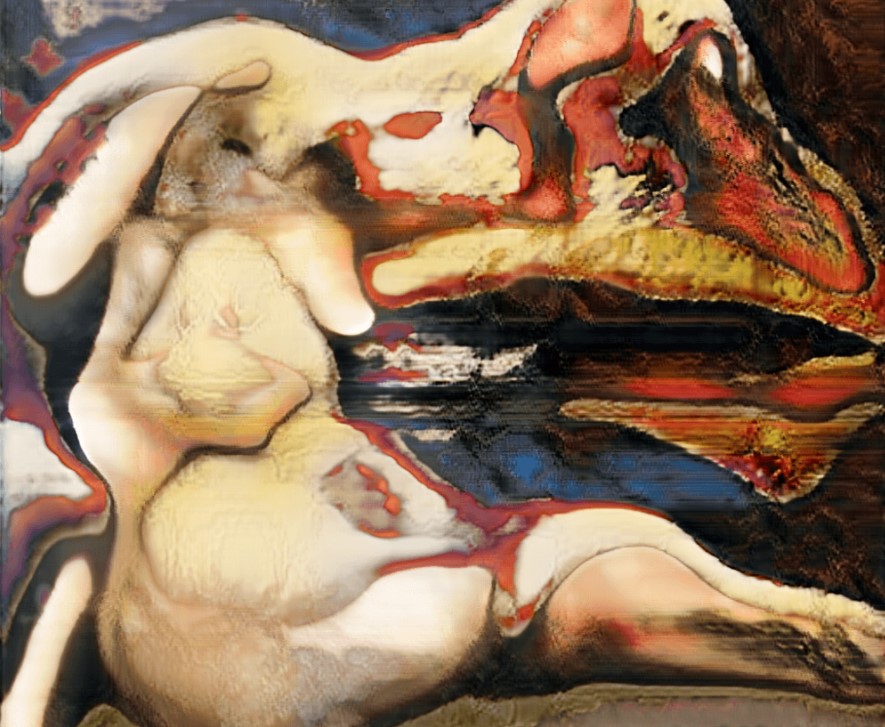Artificial intelligence (AI) has been making waves in many industries, and the world of art is no exception. AI is now being used in art in many ways, from generating new artworks to analyzing and restoring old pieces. AI has the potential to revolutionize the art world, and it is already starting to do so.
One of the most exciting uses of AI in art is the creation of new works. AI algorithms can be programmed to generate images, and this has been used to create many new artworks. These images can range from simple geometric shapes to complex landscapes or portraits. Artists can use these generated images as a starting point and then add their own artistic touches to create a finished piece. One of the most notable examples of AI in art is the work of artist and programmer Robbie Barrat. Barrat trained a neural network on thousands of paintings, and the resulting AI-generated artworks were exhibited in a gallery in San Francisco. The artworks were created by the AI algorithm, but Barrat added his own touches to create a finished piece. The exhibition sparked a lot of discussion about the role of AI in art and the definition of art itself.

Image courtesy of aiartists.org
Another area where AI is being used in art is in analyzing and restoring old paintings. AI algorithms can analyze an old painting and detect any damage or degradation. This information can then be used to restore the painting to its original condition. This is a huge breakthrough for the art world, as it means that old paintings that were previously thought to be beyond repair can now be restored to their former glory. An example of AI in art is the restoration of Rembrandt’s painting “The Night Watch”. The painting had suffered damage over the years, and a team of experts used AI algorithms to analyze the painting and create a digital replica. The digital replica was then used to create a 3D-printed model of the painting, which was used as a guide for the restoration process.

Image courtesy of rijksmuseum.nl
AI is also being used to analyze and classify artworks. For example, an AI algorithm can be trained to analyze a painting and determine its style, artist, and date of creation. This information can then be used by art historians to better understand the history of art and the development of different styles over time. AI is also being used in the art market. AI algorithms can analyze data from art auctions and predict which artworks are likely to sell for high prices. This information can be used by collectors and investors to make informed decisions about which artworks to buy.
Despite the potential benefits of AI in art, there are also some concerns. Some critics argue that AI-generated art is not true art, as it is not created by a human artist. Others worry that AI algorithms could be used to create forgeries, as they can replicate the style of a particular artist or era.
However, it is clear that AI is playing an increasingly important role in the art world. AI algorithms are being used to create new artworks, analyze old paintings, and predict art market trends. As AI technology continues to develop, it is likely that we will see even more innovative uses of AI in the art world.
Cover image courtesy of aiartists.org

